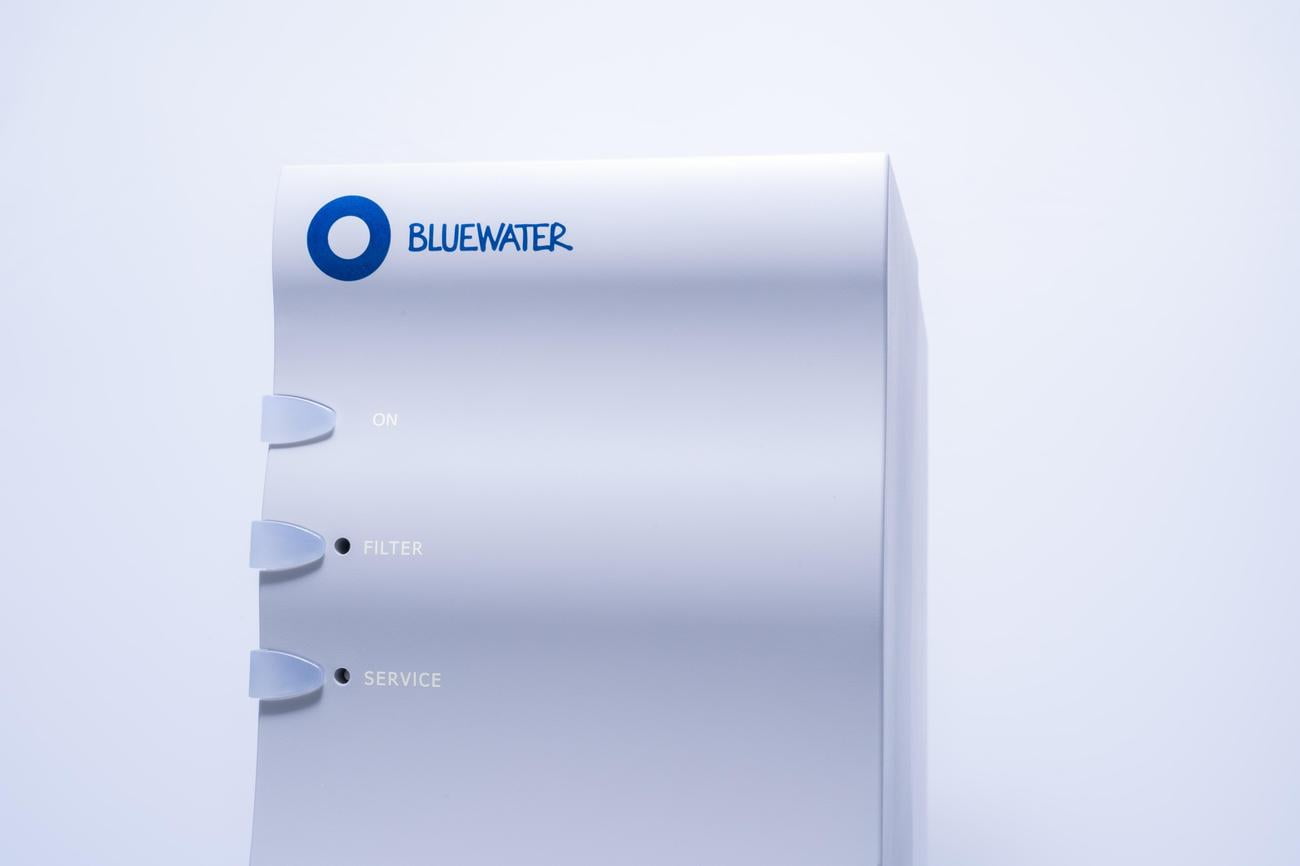Are you curious about how orthodontic appliances have transformed over the years? Look no further. In this article, we will take you on a comprehensive journey, exploring the evolution of orthodontic appliances and the groundbreaking advancements that have revolutionized orthodontic treatment. Join us as we delve into the fascinating history and future of these appliances, guided by the expertise of a knowledgeable and experienced orthodontist. So, fasten your seatbelts and get ready to embark on an enlightening exploration of the ever-evolving landscape of orthodontic appliances.

Evolution of Orthodontic Appliances
Orthodontics, as a discipline, has come a long way since its inception in the late 19th century. But did you know that the use of appliances to straighten teeth dates back more than 3,000 years? The evolution of orthodontic appliances has been greatly influenced by the development of new materials, therapeutic ideas, and techniques. Today, with the advancements in digital technology, orthodontic appliances continue to progress, revolutionizing orthodontic treatment and improving outcomes for patients.
The Historical Journey
Let’s take a fascinating journey through the centuries to understand how orthodontic appliances have evolved. The first orthodontic bracket that allowed for the application of forces to teeth was introduced in 1916 by Angle. This marked a significant milestone in orthodontics and paved the way for further advancements.
In the ancient world, orthodontic appliances were crude metal bands and catgut used by the Egyptians. Fast-forward to the 20th century, and we witnessed a shift from traditional materials like stainless steel to more advanced options such as nickel. This material change allowed for greater precision and effectiveness in orthodontic treatment.

Functional Appliances: A Game-Changer
Functional appliances have been a game-changer in orthodontics. These appliances, which generate orthodontic and orthopedic changes, are divided into two categories: removable and fixed. Removable functional appliances offer versatility and allow for adjustments, while fixed functional appliances provide a more controlled and consistent force application.
Expansion Appliances: The Key to Proper Alignment
Proper tooth alignment often requires expanding the jaw. Expansion appliances play a significant role in achieving this goal. These appliances enable controlled expansion of the arches, allowing for the correct positioning of teeth and optimizing facial aesthetics.
The Rise of Phase 1 Orthodontic Appliances
For patients who are non-compliant with removable appliances or have completed the active growth phase, phase 1 orthodontic appliances come to the rescue. These appliances are specifically designed to address the growth-related issues and act as a preparatory phase before the use of fixed appliances. By intervening at the right time, we can set the stage for more successful outcomes in the long run.
Shaping the Future: Digital Technology
The evolution of orthodontic appliances is not limited to material advancements. Digital technology has revolutionized the landscape of orthodontics, providing orthodontists with powerful tools for diagnosis, treatment planning, and appliance customization.
Digital impressions, 3D modeling, and computer-aided design and manufacturing have drastically improved the accuracy and efficiency of orthodontic treatment. This integration of digital technology into orthodontics has opened up a wide range of possibilities, offering patients greater comfort, shorter treatment times, and enhanced results.
“In the ever-evolving world of orthodontic appliances, digital technology has emerged as a game-changer, transforming the way we diagnose, plan, and treat orthodontic cases.”
Embracing the Possibilities
The advancements in orthodontic appliances have led to more effective and efficient treatment options for patients. From fixed functional appliances to expansion appliances and the integration of digital technology, orthodontics has come a long way.
As we delve into the future, it’s important for orthodontists to stay at the forefront of emerging trends and innovation. By embracing the possibilities and continually expanding our knowledge and expertise, we can further contribute to the development and advancement of orthodontics as a discipline.
“In this exciting era of orthodontics, where the possibilities are seemingly endless, it’s our responsibility as orthodontists to harness the power of innovation and continue the journey towards excellence.”
In conclusion, the evolution of orthodontic appliances has transformed the field of orthodontics, offering patients more precise and efficient treatment options. From ancient metal bands to cutting-edge digital technology, each step in this journey has brought us closer to achieving optimal orthodontic outcomes. By continuing to embrace advancements and push the boundaries of what’s possible, we can shape a brighter future for orthodontics and the patients we serve.
Remember, the journey of evolution never ends, and we are fortunate to be part of this exciting and constantly evolving landscape of orthodontic appliances.
Keywords: Evolution of orthodontic appliances
Orthodontic history is a fascinating subject that delves into the rich heritage of orthodontics. From the ancient Egyptians’ attempts at straightening teeth using crude metal bands to the modern-day advancements in clear aligners, the journey of orthodontic history is truly captivating. If you are curious to learn more about how orthodontics has evolved over the years, click here to explore our comprehensive guide on orthodontic history. Trust us, you won’t want to miss out on this enlightening read!

FAQ
Q: What is the history of orthodontic appliances?
A: Orthodontic appliances have been used for over 3,000 years, with the ancient Egyptians using crude metal bands and catgut. The discipline of orthodontics began in the late 19th century, and orthodontic appliances have evolved greatly since then due to advancements in materials and ideas.
Q: How have orthodontic appliances evolved over time?
A: Orthodontic appliances have undergone significant evolution over the past two centuries. The first orthodontic bracket that allowed for the application of forces to teeth was introduced in 1916, and since then, appliances have continued to progress with the use of digital technology. This evolution has led to more effective and efficient treatment options for patients.
Q: What role do expansion appliances play in orthodontic treatment?
A: Expansion appliances play a significant role in orthodontic treatment. They are used to widen the jaw to create space for crowded teeth and can address issues related to the position and size of the upper and lower jaws.
Q: What are phase 1 orthodontic appliances used for?
A: Phase 1 orthodontic appliances are used for patients who are non-compliant with removable appliances and after the active growth phase. These appliances help in correcting alignment issues and preparing the teeth for subsequent orthodontic treatment.
Q: How has the use of advanced materials impacted the evolution of orthodontic appliances?
A: The evolution of orthodontic appliances involves a shift from traditional materials, such as stainless steel, to advanced materials like nickel. These advanced materials offer improved durability, aesthetics, and biocompatibility. They have contributed to the development and advancement of orthodontics as a discipline.
“`json
“`
















